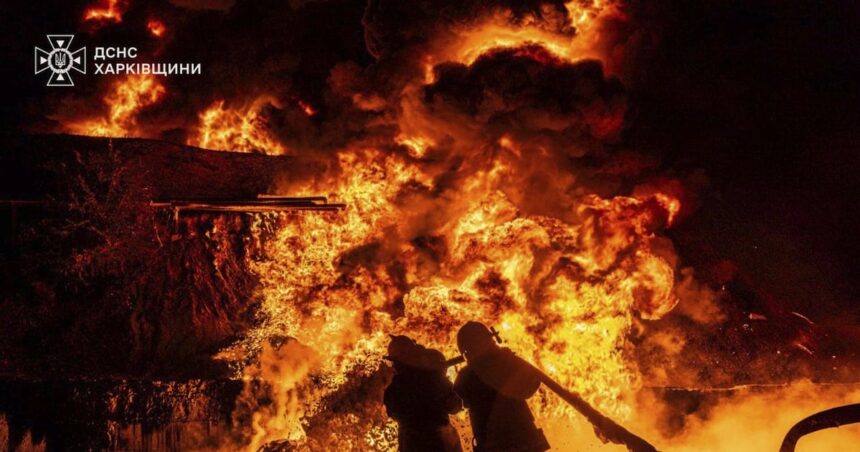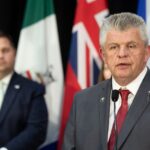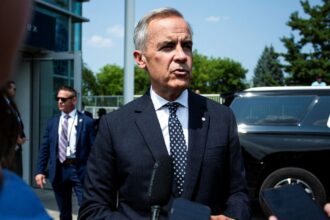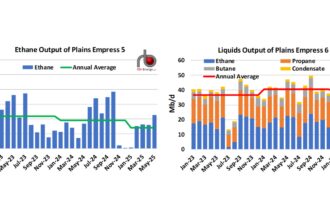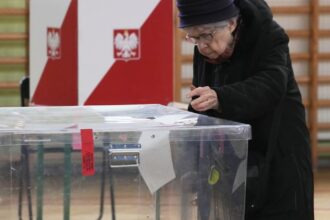In a significant escalation of cross-border aerial warfare, Ukrainian forces successfully targeted a Russian airbase in the Saratov region as Moscow launched its largest drone assault on Ukraine since the war began. The strategic strike occurred during an unprecedented night of aerial combat that saw hundreds of Russian drones raining down on Ukrainian territory.
Ukrainian military intelligence reported the attack struck Russia’s Engels airbase, located approximately 600 kilometers from the Ukrainian border. The facility houses some of Russia’s strategic bombers, making it a high-value target in Ukraine’s efforts to disrupt Moscow’s air campaign.
“This precision strike demonstrates our growing capabilities to reach deep into Russian territory and neutralize threats at their source,” said a senior Ukrainian defense official, speaking on condition of anonymity due to operational security concerns.
The Russian Defense Ministry acknowledged an attack but claimed its air defenses successfully intercepted all incoming drones, reporting only minor damage to a non-critical facility. However, satellite imagery analyzed by independent military experts suggests more substantial impacts than Moscow admits.
Meanwhile, Ukrainian civilians faced an unprecedented barrage as Russia launched over 150 drones across multiple regions—a record number for a single night’s assault. Ukraine’s air force reported downing at least 100 of the Iranian-designed Shahed drones, though several penetrated defenses to strike civilian infrastructure in Kyiv, Kharkiv, and Odesa.
“The scale of these attacks represents a deliberate targeting of Ukraine’s energy grid as winter approaches,” said Andriy Yermak, head of the Ukrainian presidential office. “Each drone aims to leave ordinary Ukrainians freezing in darkness.”
Energy facilities in central Ukraine sustained significant damage, with emergency crews working around the clock to restore power to affected communities. The attack follows a pattern of Russian strikes against Ukraine’s power infrastructure, creating cascading humanitarian challenges as temperatures drop.
International reaction has been swift, with NATO allies condemning the escalation while expediting delivery of additional air defense systems to Ukraine. The European Union announced a new €500 million package specifically targeting Ukraine’s anti-drone capabilities and energy grid resilience.
“This is a stark reminder that Moscow continues to wage war against civilian targets with impunity,” stated EU foreign policy chief Josep Borrell. “Our support for Ukraine remains unwavering as we enter this critical winter period.”
Military analysts suggest the reciprocal drone campaigns reflect both sides’ adapting strategies as the conflict approaches its third year. For Ukraine, long-range strikes into Russia serve both tactical purposes and psychological ones, demonstrating to Russian citizens that the war has consequences beyond Ukraine’s borders.
“Ukraine is increasingly employing asymmetric tactics to offset Russia’s material advantages,” explained Dr. Alexandra Vacroux, Executive Director of the Davis Center for Russian and Eurasian Studies at Harvard University. “These precision strikes against high-value military targets maximize impact while minimizing resource expenditure.”
As winter settles across the region, the question remains: will this escalation of drone warfare mark a new phase in the conflict, or will diplomatic channels find renewed momentum in the face of mounting civilian costs on both sides?

